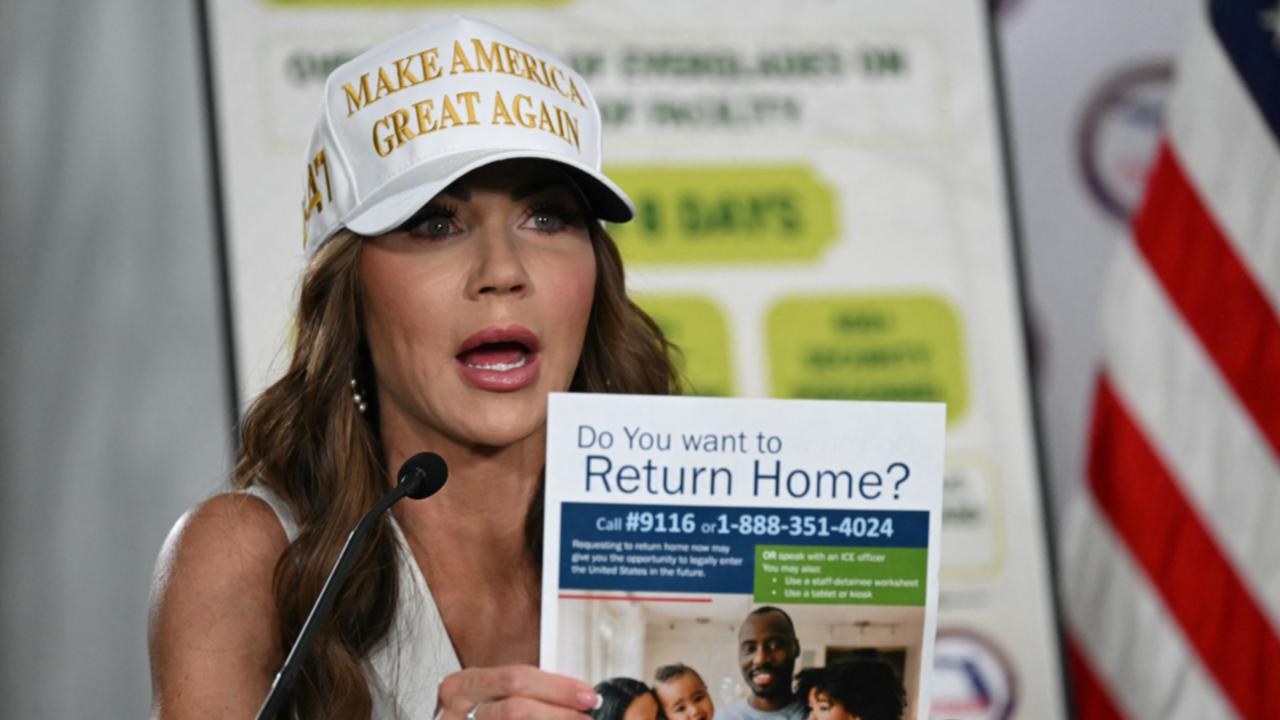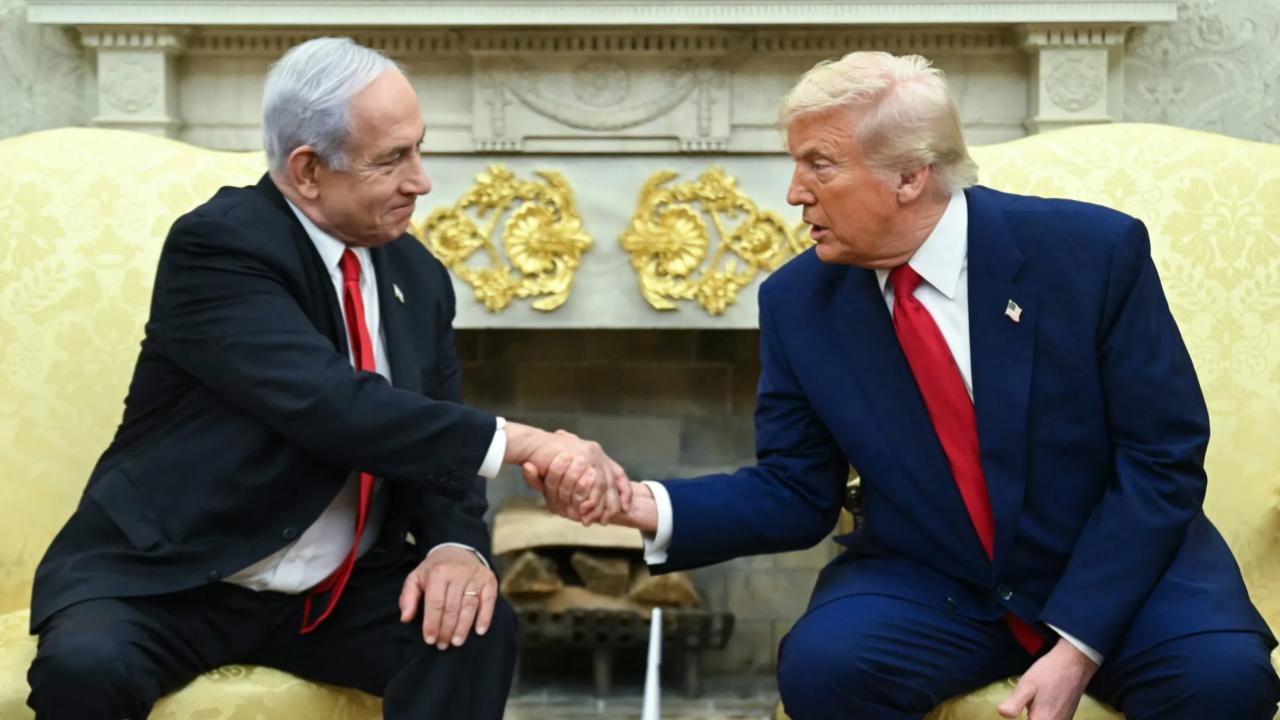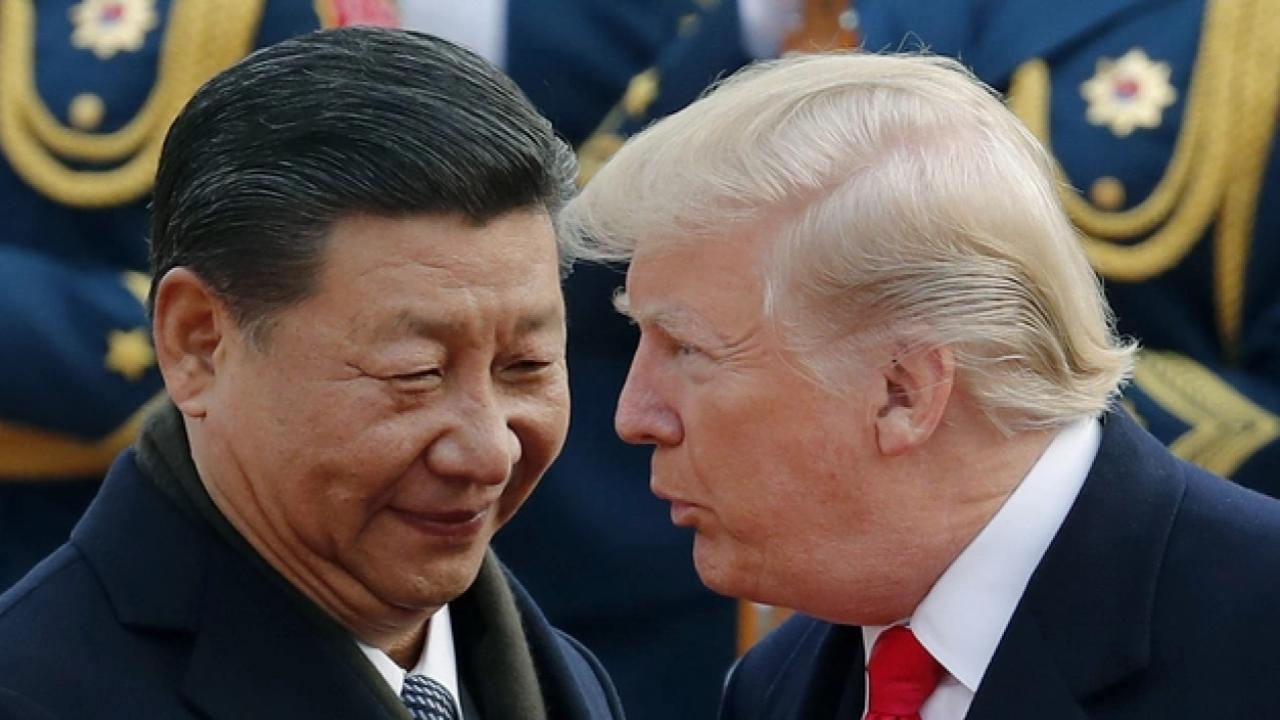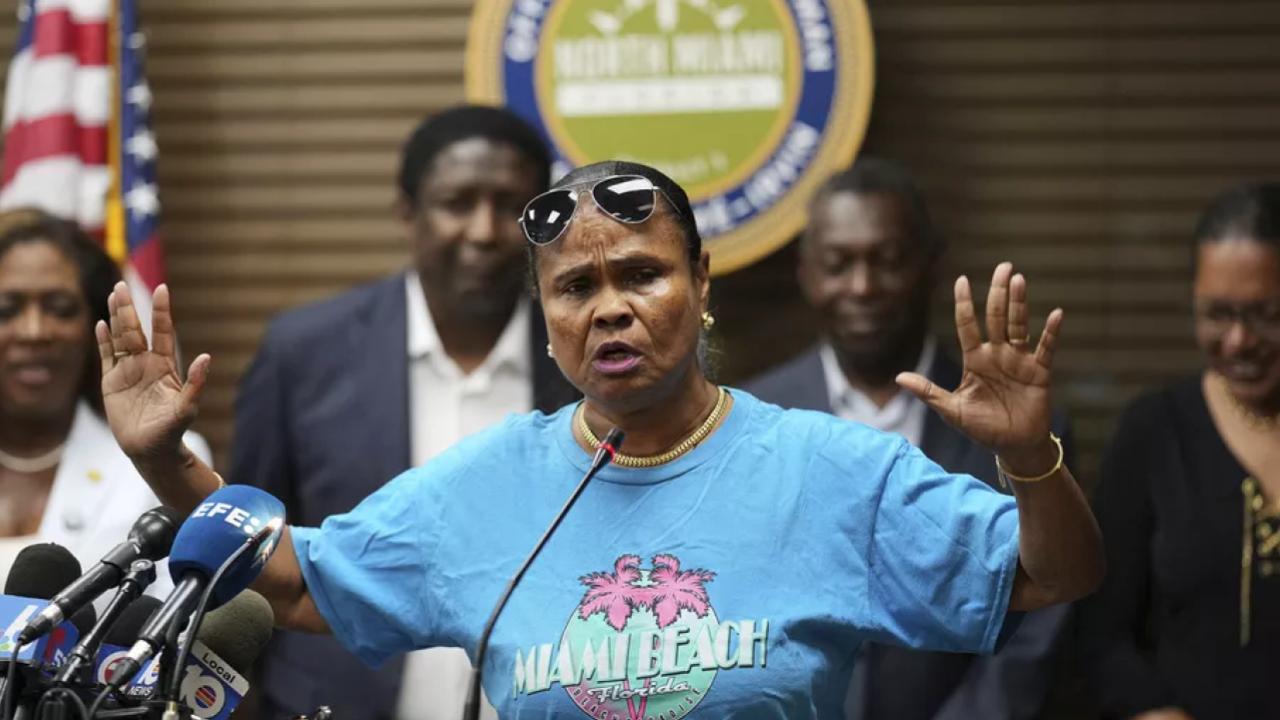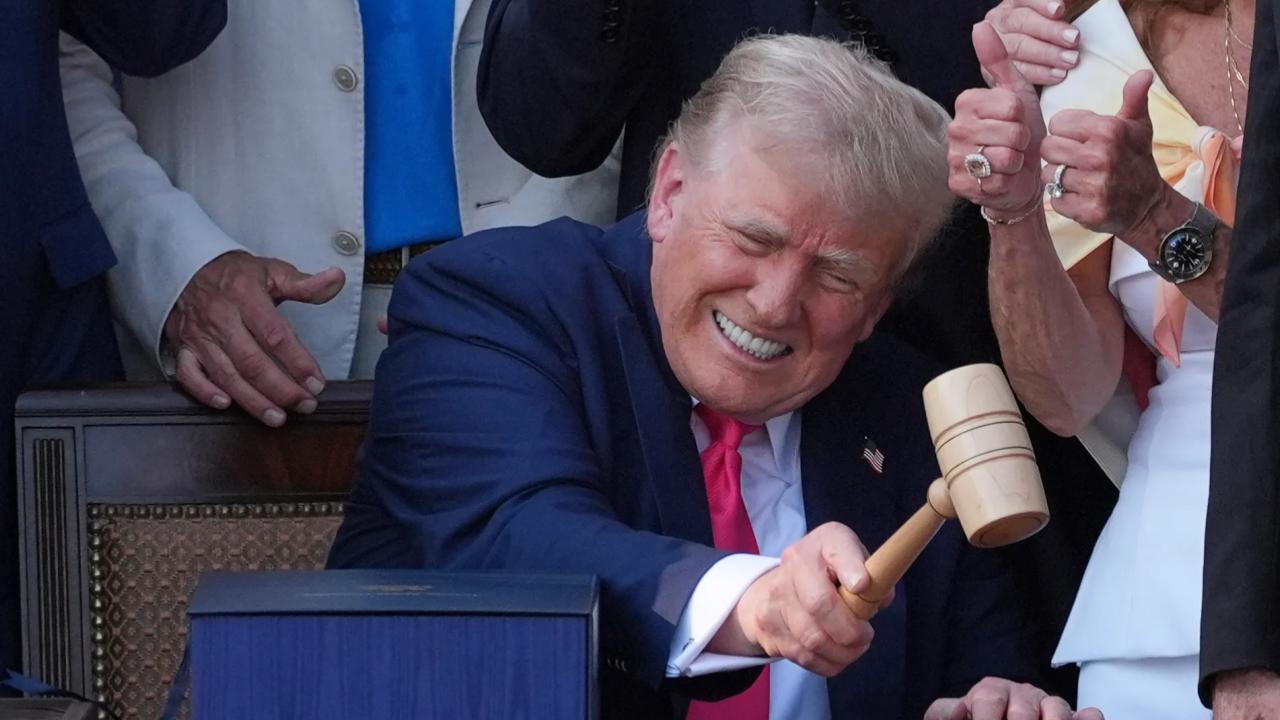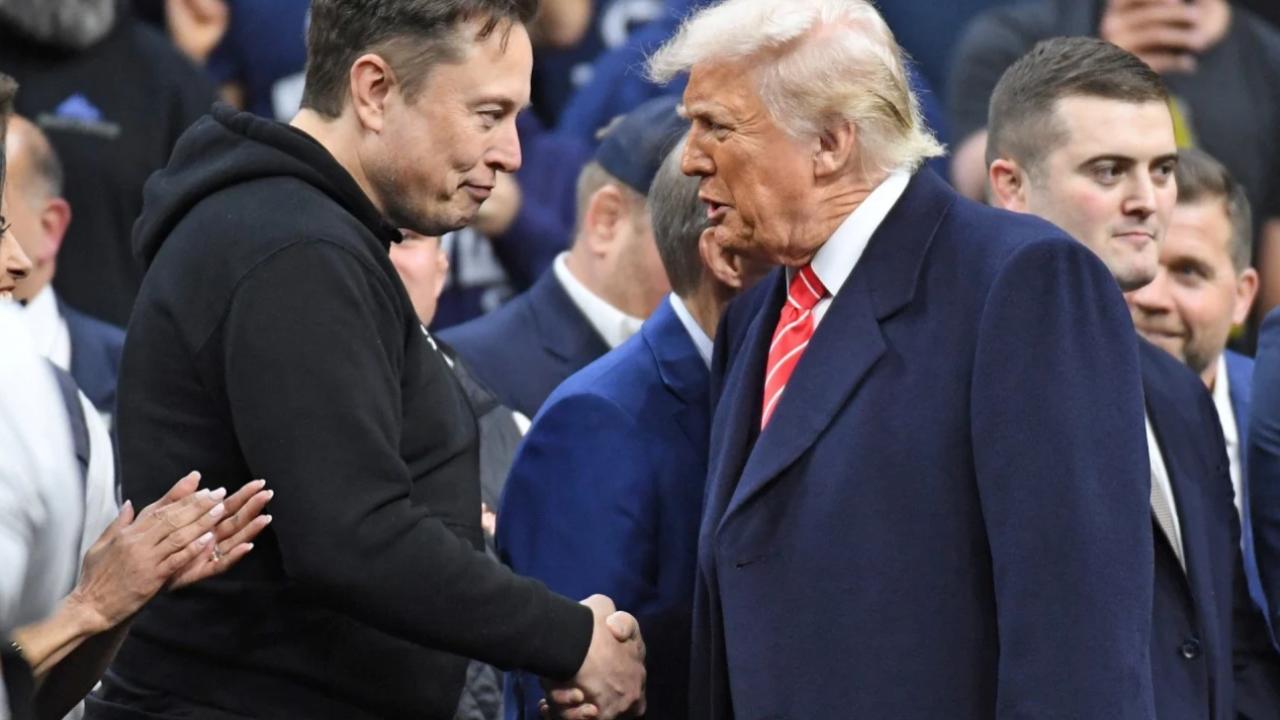President Trump just gave global markets a break—but not a breather. On Sunday night, Trump announced a surprise delay on a sweeping set of tariffs that were slated to take effect July 9. Instead, the White House has pushed that date to August 1, giving trade partners—from Japan and South Korea to the BRICS bloc—a few more weeks to strike new deals or face economic penalties as high as 70% on select imports. Markets responded fast. But behind the rally lies deep skepticism.
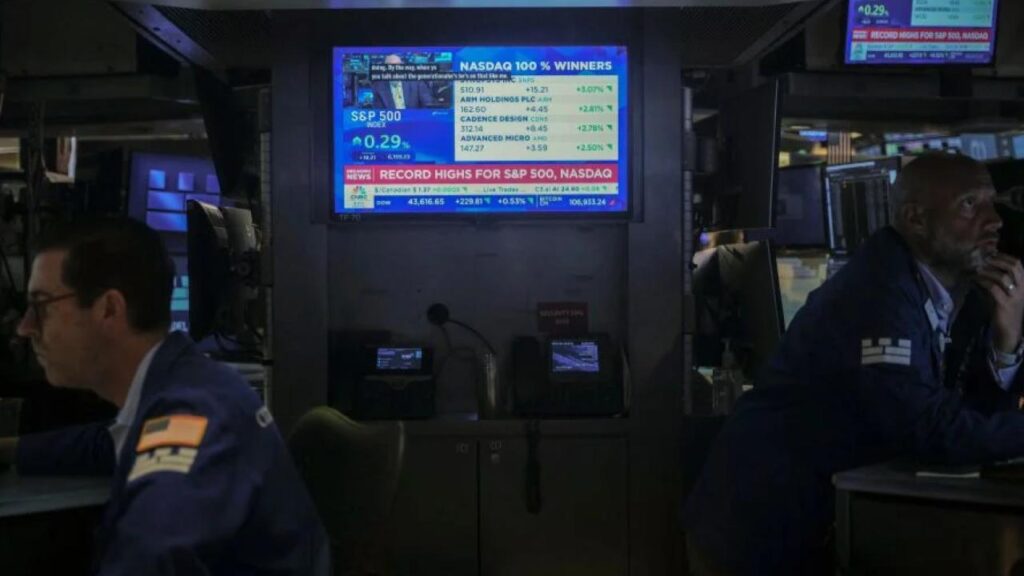
Trump’s Surprise Tariff Delay Sparks Market Rally
| Takeaway | Stat/Impact |
|---|---|
| U.S. market rebound | S&P 500 up nearly 28% since April |
| Tariff threats extended | Trump signals up to 70% levies, plus 10% new threat on BRICS |
| Investor confidence shaken | Business investment slowing due to policy uncertainty |
Trump’s delay in tariffs has sparked a bounce, but the celebration could be short-lived. Investors are rightly wary. This isn’t the first time we’ve seen tough trade talk softened by sudden delays—and each round chips away at confidence. Unless there’s real progress before August 1, the market may find itself right back where it started—or worse.
Markets Cheer, But Only for Now
The global rally was immediate. South Korea’s KOSPI index popped 1.5% Monday morning. Japan’s Nikkei gained 0.4%. U.S. futures reversed earlier losses, and Wall Street ended the day in the green.
But few investors see this as a pivot—more like a tactical pause in a pressure campaign. “This is classic Trump: escalate, then delay,” said Jeff McKenna, a senior portfolio manager I’ve followed for years. “Markets cheer, but the real issue—trade instability—remains wide open.” That delay gives negotiators until August 1 to hash out terms. But it also keeps businesses and investors in limbo.
Not a New Game—Just a New Deadline
The “TACO Trade” in Action
Analysts have coined it the “TACO trade”—Trump’s “announce, cancel, oscillate” approach to tariffs. It’s been a recurring theme throughout 2025, creating short-term volatility and long-term hesitation among major corporations.
“You can’t plan capital spending with tariff roulette,” noted a recent Nomura report. The firm warns that repeated threats, delays, and renegotiations are creating what they call a “global investment freeze.”
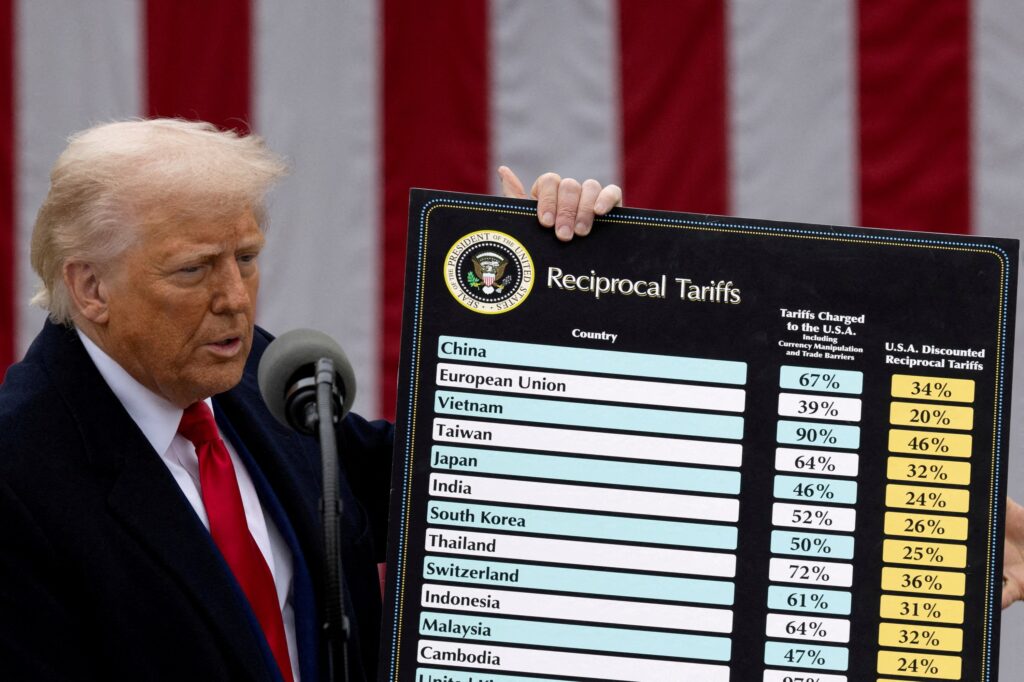
Why Investors Are Still Nervous
1. Markets May Be Overbought
Since April, the S&P 500 has soared 28%, and major tech and materials stocks have skyrocketed.
But analysts at Barron’s are warning that the rally may be running hot. Any pullback from failed trade talks could send shares back down just as fast. “Too far, too fast” is how one hedge fund strategist put it on CNBC Monday morning.
2. Business Investment Is Slowing
When policies change weekly, companies hold back. According to economists, tariff unpredictability has already frozen or delayed major capital expenditures across multiple sectors—including autos, semiconductors, and energy.
3. Another Cliffhanger Awaits
August 1 isn’t far away. Trump’s Sunday announcement made clear that if deals aren’t in place, tariffs will land hard—and even more are on the table. He’s also hinted at adding 10% new blanket tariffs on BRICS countries, escalating tensions with China, India, and Brazil.
What to Watch Next
| Timeline | What’s At Stake |
|---|---|
| Mid–late July | Any signs of breakthrough deals with trade partners |
| August 1 | Tariff deadline: either a showdown or another delay |
| Late Q3 earnings | Corporate reaction to continued policy volatility |
Should You Reposition Your Portfolio?
If you’re an active investor, now might be a good time to review your exposure. That’s not financial advice—but in my own experience, market moments like these are about risk control, not hero plays.
Here’s what many pros are considering:
- Dial back on momentum stocks in overheated sectors like semiconductors and industrials
- Lean into staples and healthcare, which tend to hold value in policy turbulence
- Keep dry powder (cash) for buy-the-dip opportunities if the next deadline goes sideways

